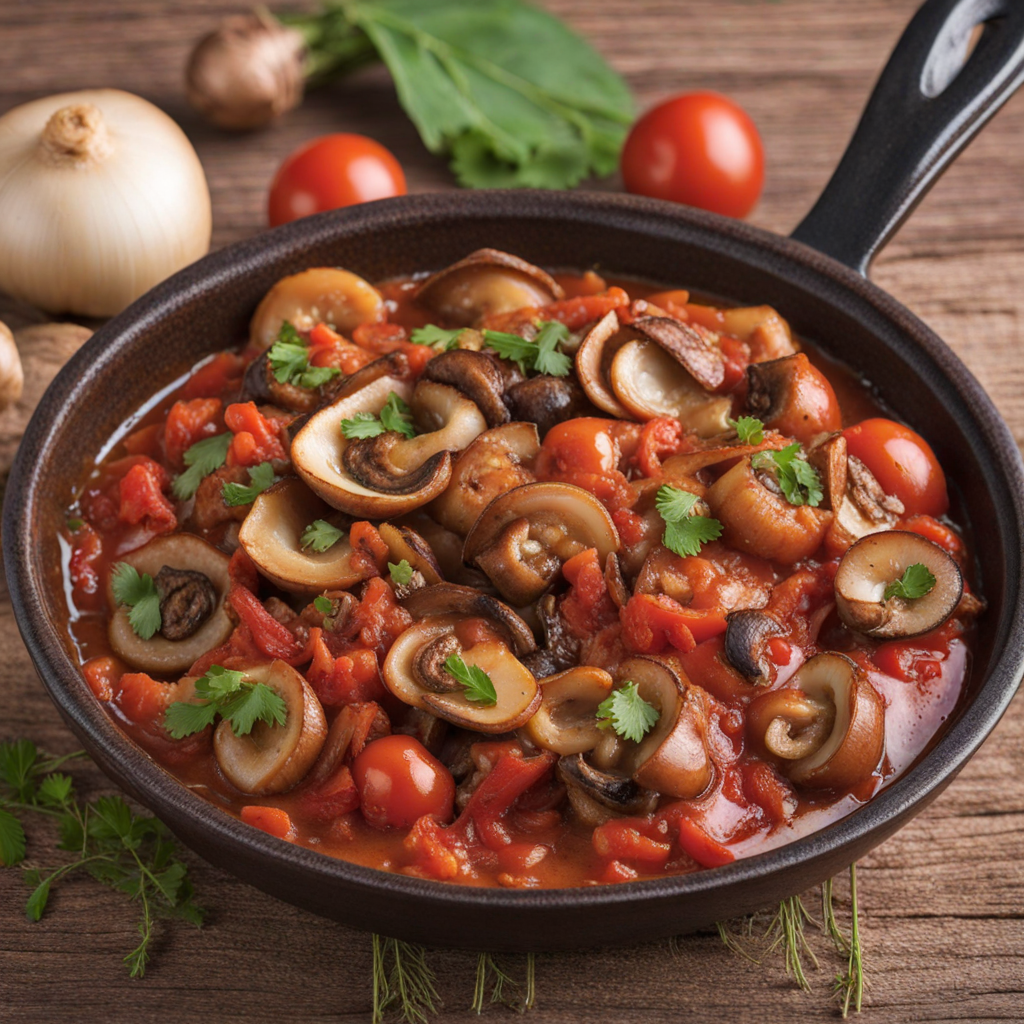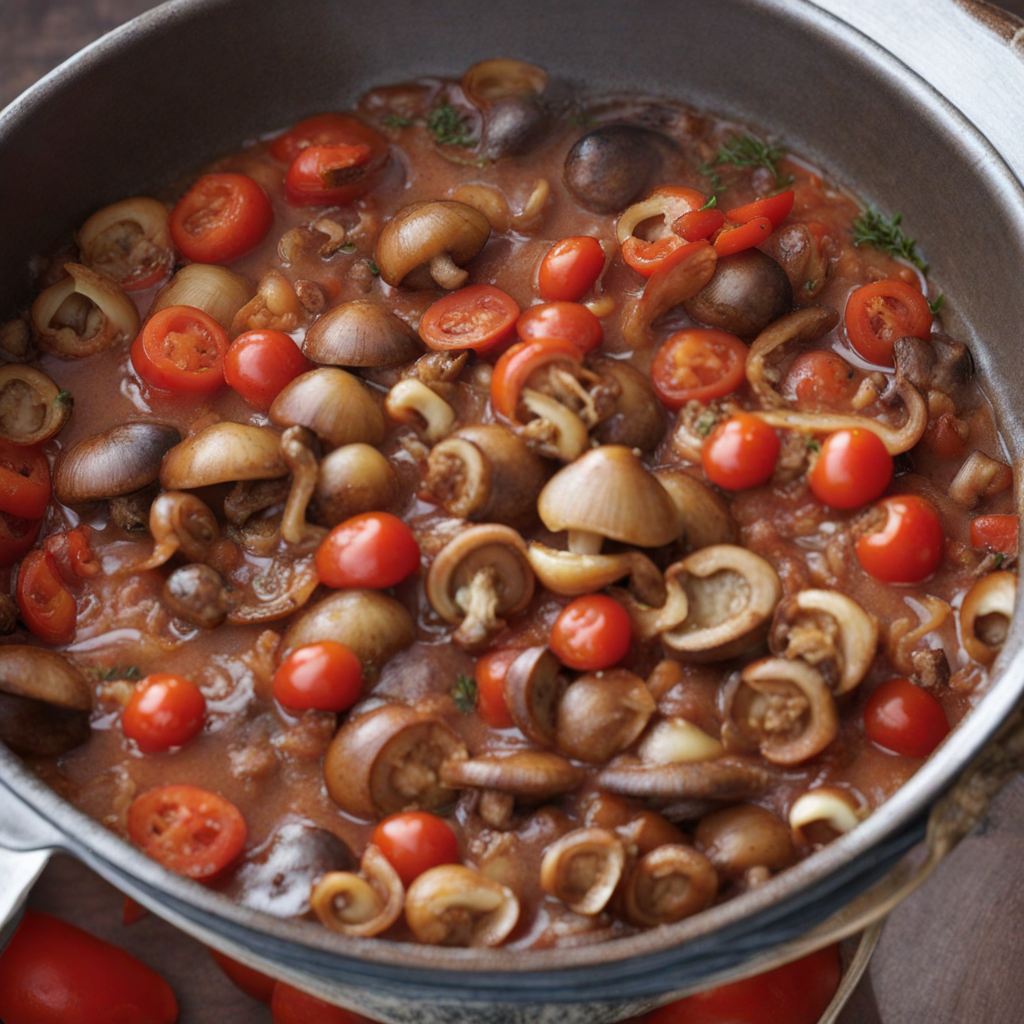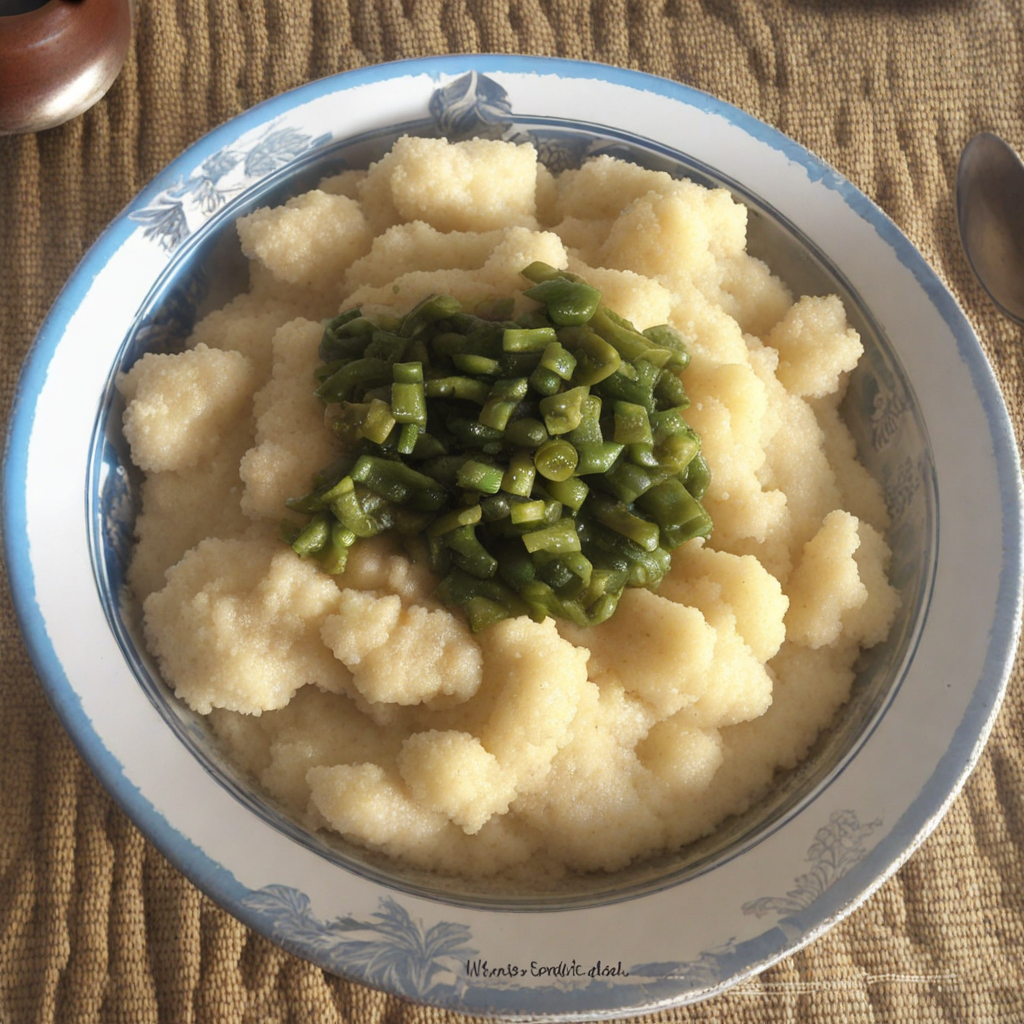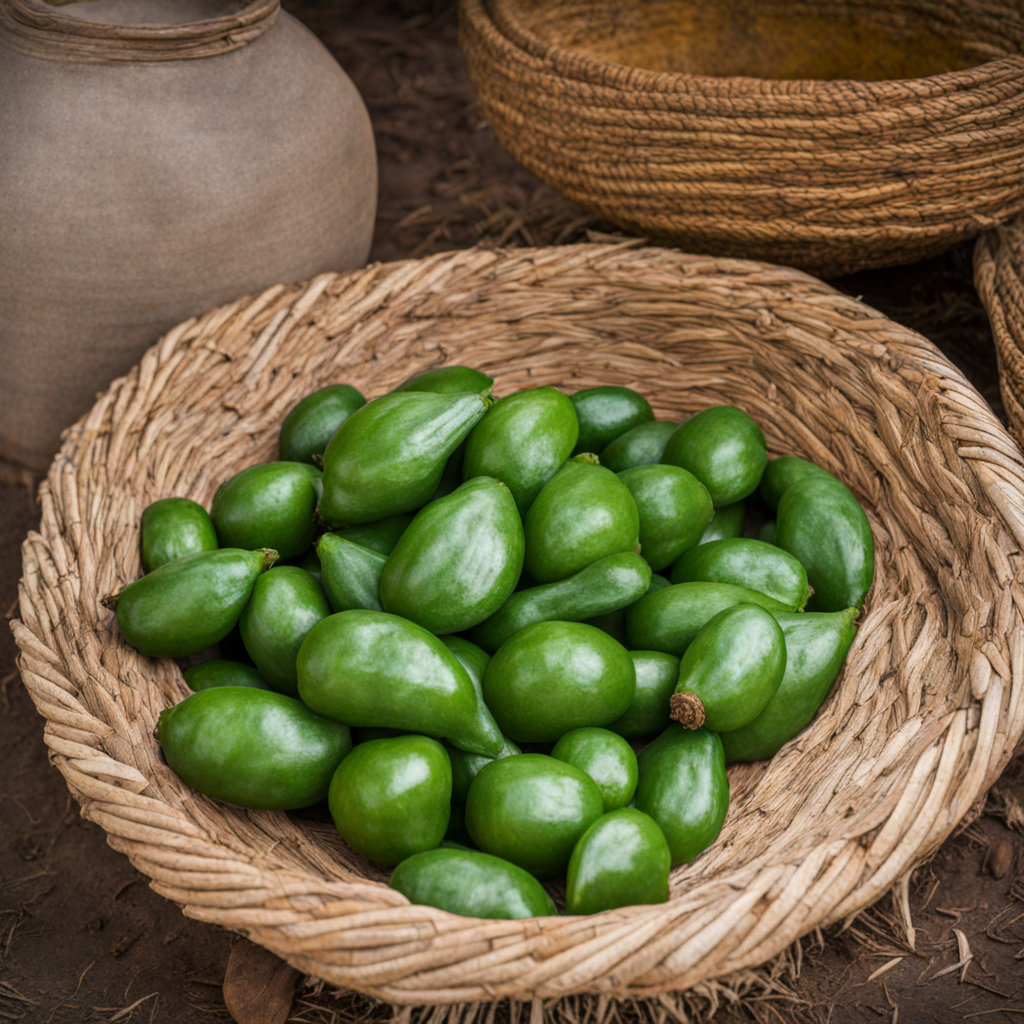Umunyigi
Umunyigi is a traditional Rwandan dish that encapsulates the rich culinary heritage of the region. This delightful food is primarily made from cassava flour, which is finely ground and often mixed with other ingredients like maize or millet to enhance its flavor and texture. The dough is typically shaped into small balls or flattened into cakes and then cooked until it achieves a pleasingly chewy consistency. The preparation process often involves fermenting the dough, which not only adds a unique tanginess but also helps in developing the dish's distinctive aroma, making each bite a savory journey through Rwandan culture. The flavor profile of Umunyigi is subtly earthy and nutty, with a hint of sweetness that emanates from the cassava. It is often served alongside a variety of traditional Rwandan accompaniments, such as spicy sauces, stews, or grilled meats, which enhance its taste and create a harmonious balance on the palate. The versatility of Umunyigi allows it to be enjoyed in numerous ways, whether as a hearty main dish or a satisfying side, making it a staple in many Rwandan households. The dish's texture is both satisfying and comforting, encouraging diners to savor each bite and appreciate the crafting of this beloved staple. In Rwandan culture, Umunyigi is not just a meal; it represents community and family gatherings, often enjoyed during celebrations or communal feasts. The act of sharing this dish fosters connection and warmth among people, as they come together to enjoy rich flavors and the stories that accompany them. For anyone seeking to discover a new taste, Umunyigi offers a delicious entry point into the vibrant world of Rwandan cuisine, promising an experience that is both nourishing and culturally enriching.
How It Became This Dish
The History of Umunyigi: A Culinary Jewel of Rwanda #### Origins and Ingredients Umunyigi, a traditional dish from Rwanda, embodies the essence of Rwandan culture and agricultural practices. It is primarily made from a mixture of various grains, particularly sorghum, millet, and occasionally maize. The dish is often prepared with the addition of beans, which are a staple protein source in the Rwandan diet. Historically, these ingredients are not only locally sourced but also hold significant cultural value, having been cultivated by the Rwandan people for centuries. The origins of Umunyigi can be traced back to the pre-colonial period when the Rwandan people relied heavily on subsistence farming. The fertile volcanic soil of the region created an ideal environment for growing these grains. Sorghum and millet were among the first crops cultivated in East Africa, and they became a fundamental part of the diet due to their resilience and nutritional value. The field-to-table journey of Umunyigi reflects the agricultural heritage of Rwanda, where the rhythm of life is closely tied to the seasons and the land. #### Cultural Significance Umunyigi holds a special place in Rwandan society, transcending mere sustenance to become a symbol of community, tradition, and resilience. It is often served during communal gatherings, celebrations, and significant life events such as weddings, births, and communal feasts. The preparation of Umunyigi is frequently a collective effort, drawing families and neighbors together in a spirit of cooperation. This communal aspect highlights the importance of social ties in Rwandan culture, reinforcing the notion that food is not just about nourishment, but also about connection. Furthermore, Umunyigi is often associated with the concept of "ubuntu," a philosophy that emphasizes the interconnectedness of individuals within a community. Sharing a meal of Umunyigi fosters a sense of belonging and mutual support. In many families, the recipe for Umunyigi is passed down through generations, often with slight variations that reflect personal or regional preferences. This transmission of knowledge not only preserves the dish but also strengthens familial bonds and cultural identity. #### Preparation and Variations The preparation of Umunyigi is a labor of love that requires time and dedication. Traditionally, the grains are washed and then roasted before being ground into a fine flour. The roasted flour is mixed with water to create a thick porridge-like consistency. This mixture is then cooked over an open flame, often in a clay pot, which adds a unique flavor profile to the dish. The cooking process can take several hours, during which the aroma of the grains fills the air, enhancing the anticipation of the meal. Over time, variations of Umunyigi have emerged, influenced by regional ingredients and culinary practices. Some families may add spices or flavorings, such as salt or sugar, to enhance the taste. In urban areas, where access to diverse ingredients is more common, variations might include the addition of vegetables or meats, transforming the dish into a more hearty meal. Despite these adaptations, the core principles of Umunyigi remain rooted in tradition, reflecting the resilience and creativity of Rwandan culinary practices. #### Historical Development The history of Umunyigi parallels the broader socio-economic transformations in Rwanda. The arrival of European colonial powers in the late 19th century began to alter the agricultural landscape. The introduction of cash crops such as coffee and tea shifted the focus away from subsistence farming, leading to changes in local diets. However, Umunyigi remained a staple, symbolizing the enduring connection between the Rwandan people and their agricultural heritage. The 1994 genocide against the Tutsi profoundly impacted Rwandan society, including its culinary traditions. The aftermath of this tragedy saw a significant disruption of communities, families, and farming practices. Many traditional foods, including Umunyigi, were at risk of being forgotten as cultural practices were challenged. Yet, in the years following the genocide, there was a resurgence of interest in traditional foods as a way to heal and rebuild communities. Initiatives to promote local agriculture and traditional cooking have brought new life to dishes like Umunyigi, reinforcing their significance in the narrative of recovery and resilience. In contemporary Rwanda, Umunyigi is often featured in cultural festivals and culinary exhibitions aimed at promoting Rwandan cuisine both locally and internationally. Chefs and food enthusiasts have begun to explore and innovate upon traditional recipes, incorporating Umunyigi into modern culinary offerings. This fusion of old and new not only preserves the dish but also introduces it to a wider audience, celebrating Rwanda's rich culinary heritage. #### Conclusion Umunyigi is more than just a dish; it is a narrative woven into the fabric of Rwandan culture and identity. Its origins reflect the agricultural practices that have sustained Rwandans for generations, while its communal preparation and consumption highlight the importance of social bonds and cultural heritage. As Rwanda continues to evolve, so too does the place of Umunyigi within its society—adapting to new influences while remaining a cherished symbol of resilience and community. In a world increasingly drawn to globalization, the resurgence of interest in traditional dishes like Umunyigi serves as a reminder of the power of food to connect us to our roots. It stands as a testament to the enduring spirit of the Rwandan people, their history, and their unwavering commitment to preserving their culinary traditions amidst the winds of change. Through every bowl of Umunyigi shared among friends and family, the legacy of Rwanda lives on, nourishing both body and soul.
You may like
Discover local flavors from Rwanda







